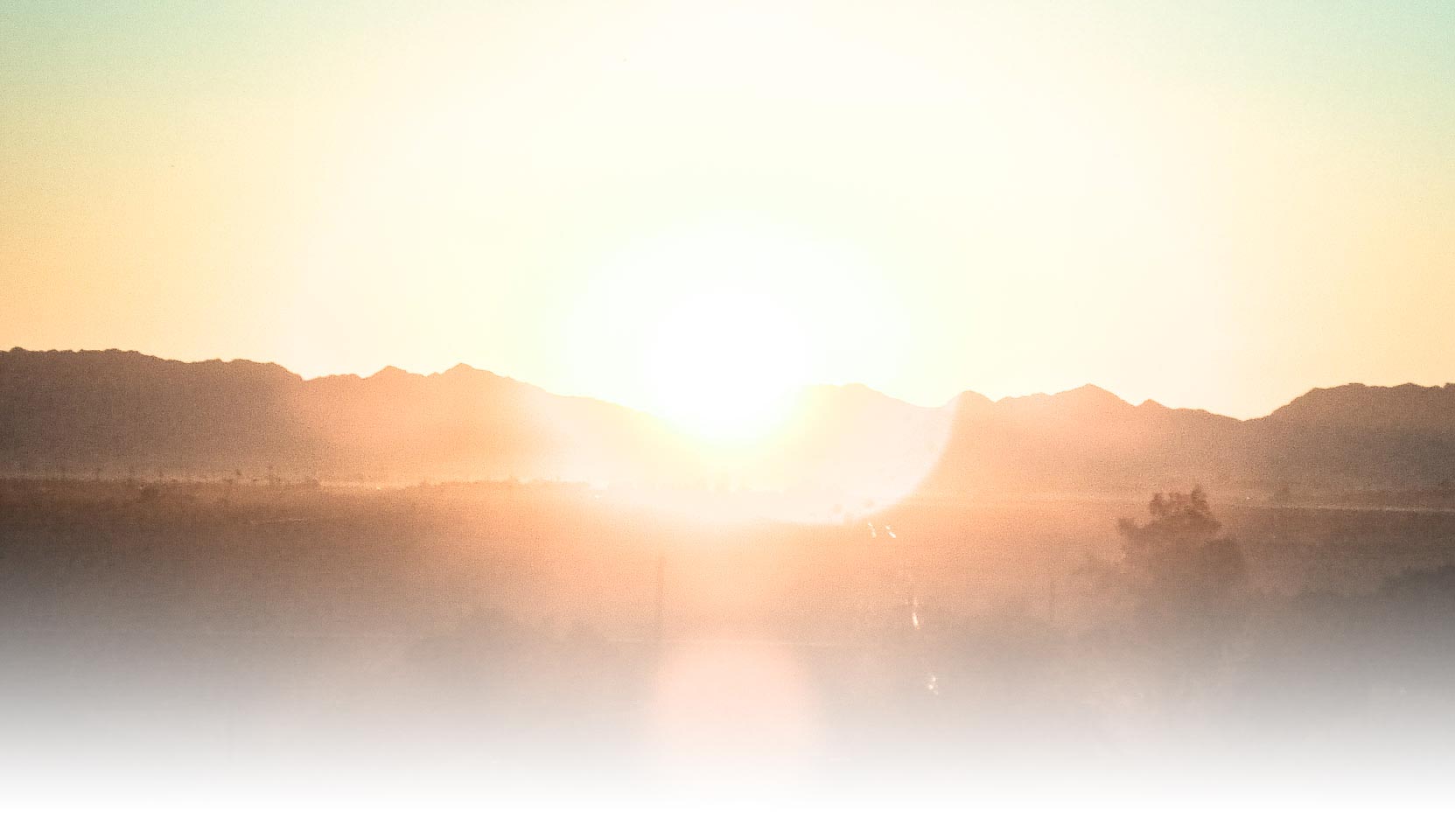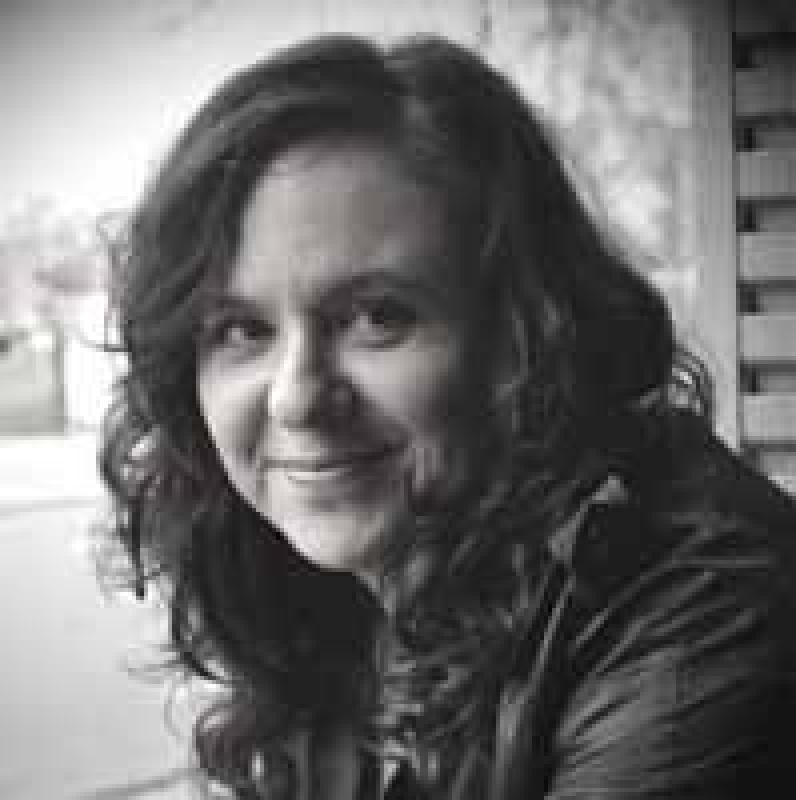Journalists, Human Rights Activists, and Academics
Please note that some audiovisual content within our digital collections and exhibits will be temporarily unavailable as we prepare to migrate it to a new platform.
Journalists Breaking the Silence
In 2006, former Mexican president, Felipe Calderón Hinojosa launched a war against drug cartels, unleashing a wave of violence in the country’s north. One of the results of that strategy included increased bloodshed among citizens and journalists trying to cover news events. Between 2000 and 2014, more than 100 journalists have been murdered in Mexico, most in the country’s north, making the region one of the most dangerous places in the world to cover news.
In 2011, professors Celeste González de Bustamante and Jeannine Relly began collecting interviews of Mexican and U.S. journalists who cover northern Mexico. Oral histories collected beginning in spring 2014 explain why journalists are forced in some cases to self-censor, and how members of organized crime attempt to dictate the news by force and through threats. The interviews in the collection provide a rich resource for faculty, students, journalists and the public.
The voices in this archive, gifted by Gonzalez de Bustamante and Relly to UA Libraries' Special Collections, reveal personal experiences and highlight the dangerous and complicated situation journalists face reporting on and about the U.S.-Mexico borderlands. Some oral histories document the stories of journalists who have been repeatedly threatened, while others explain how reporters and editors have attempted to build solidarity in the midst of violence. Despite the risk, many journalists included in the archive have developed innovative ways of continuing to work in a place that they sometimes described as a “war zone.”

